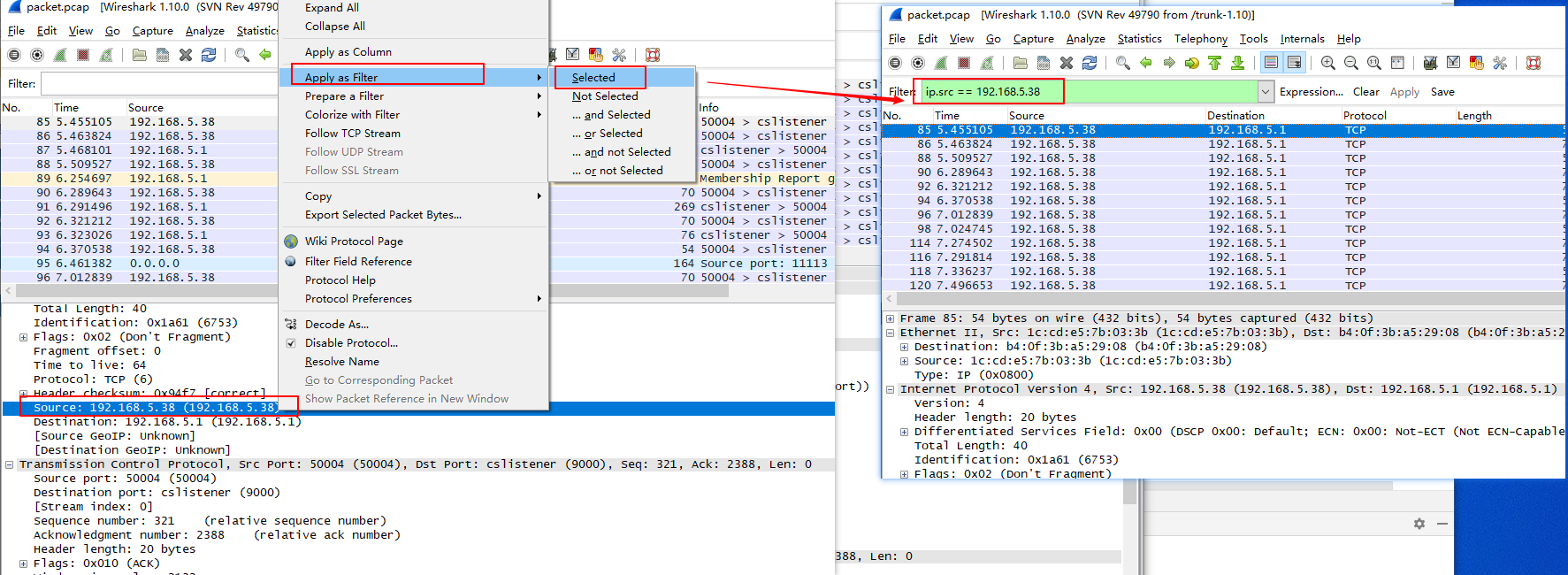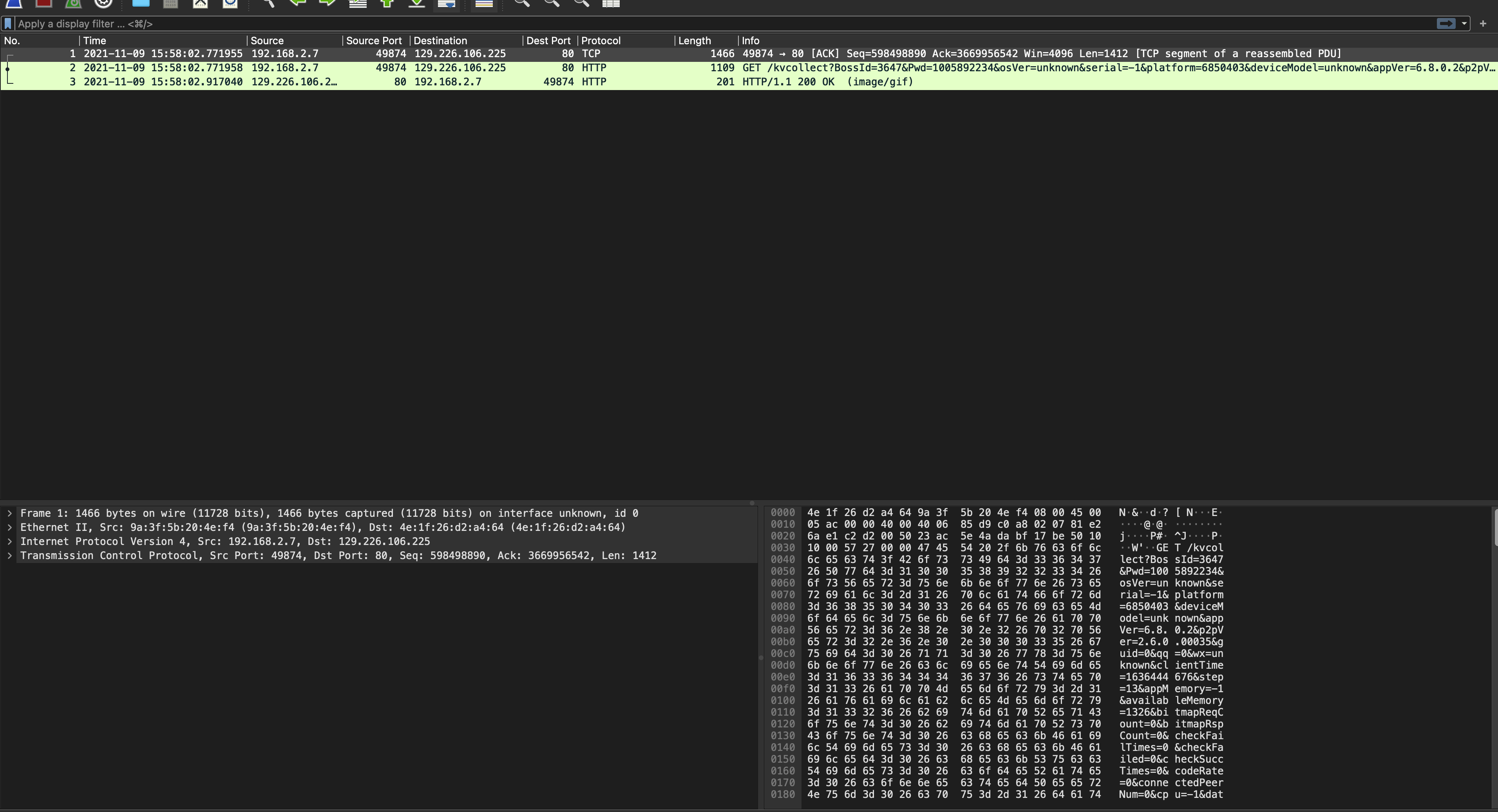
Packetbeat can be configured to capture network packets live as well as read packets from a capture file with the -I option. There is already a tool in the Elastic Stack to index network data into Elasticsearch: Packetbeat. Network packet analysis pipeline with Wireshark and the Elastic Stack Packet capture Packetbeat

In this blog post, I will show how to set up a pipeline using Wireshark and the Elastic Stack that can look like this: Search and Visualize - Exploring the data in detail or in aggregate. Protocol parsing - Parsing out the different network protocols and fields.ģ. Packet capture - Recording the packet traffic on a network.Ģ. ArchitectureĪny data pipeline for network capture and analysis is composed of several steps:ġ. All of this is data that can be stored in Elasticsearch and explored, searched and visualized in Kibana. While network traffic itself is sent in a binary format, each packet contains many different fields that using proper tools can be parsed out into numbers, text, timestamps, IP addresses, etc.

Or it can be extensive, for example using an outside network tap to capture all traffic. In that case, only the traffic of a single application or a single server might be captured, and only for a specified period of time. Packet capture can be ad hoc, used to debug a specific problem. Being able to look into every single piece of metadata and payload that went over the wire provides very useful visibility and helps to monitor systems, debug issues, and detect anomalies and attackers.


February 15, 2019: Starting with Wireshark 3.0.0rc1, TShark can now generate an Elasticsearch mapping file by using the -G elastic-mapping option.įor network administrators and security analysts, one of the most important capabilities is packet capture and analysis.


 0 kommentar(er)
0 kommentar(er)
